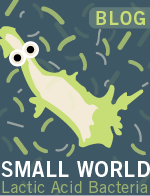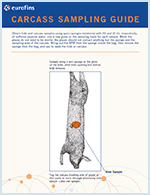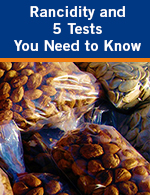Webinars
Search >>
On-Demand Webinars:
Here we are in the third post of a series focusing on pet food, pet treat, and pet supplement testing considerations. We have explored guaranteed analysis and other testing considerations such as shelf life and microbes. This time around I’ll expand on a topic that people often view as less a food safety issue and more of a palatability issue: Rancidity.
The success of such programs hinges not only on consistent implementation and testing, but also on the effective swabbing of your plant. Below are the top 5 mistakes our experts see plants make when sampling and submitting swabs and sponges for testing.
This series is focused on getting new pet food, pet treat, and pet supplement businesses headed down the right path.
Whether you’re considering selling your homemade pet treats or starting a new pet treat business, one of the first steps you may find yourself tasked with is determining what a guaranteed analysis is. Figuring out how to have a product tested and what information is pertinent can be intimidating – the information in this post is intended to get you started in the right direction.
Although many genera of bacteria produce lactic acid as a primary or secondary end-product of fermentation, the term Lactic Acid Bacteria (LAB) is conventionally reserved for genera in the order Lactobacillales. LAB have many applications in food production and spoilage, all of which apply when considering when and how to test for lactic acid bacteria in food.
Meet Lorena Dean, a recently promoted business development specialist at Eurofins BioDiagnostics, is a world explorer with a passion for science, biology, and people.
Eurofins Microbiology works closely with members of the pork industry to ensure safe food production from farm to fork. Download our guide for Pork Carcass Sampling.
Not all rancidity tests are equally appropriate. Here are some helpful hints regarding how each test is performed, what it reveals, limitations and which may be more important for a given scenario.
Addressing the differences between Food Defense and Food Fraud in the wake of the Intentional Adulteration (IA) Rule.















